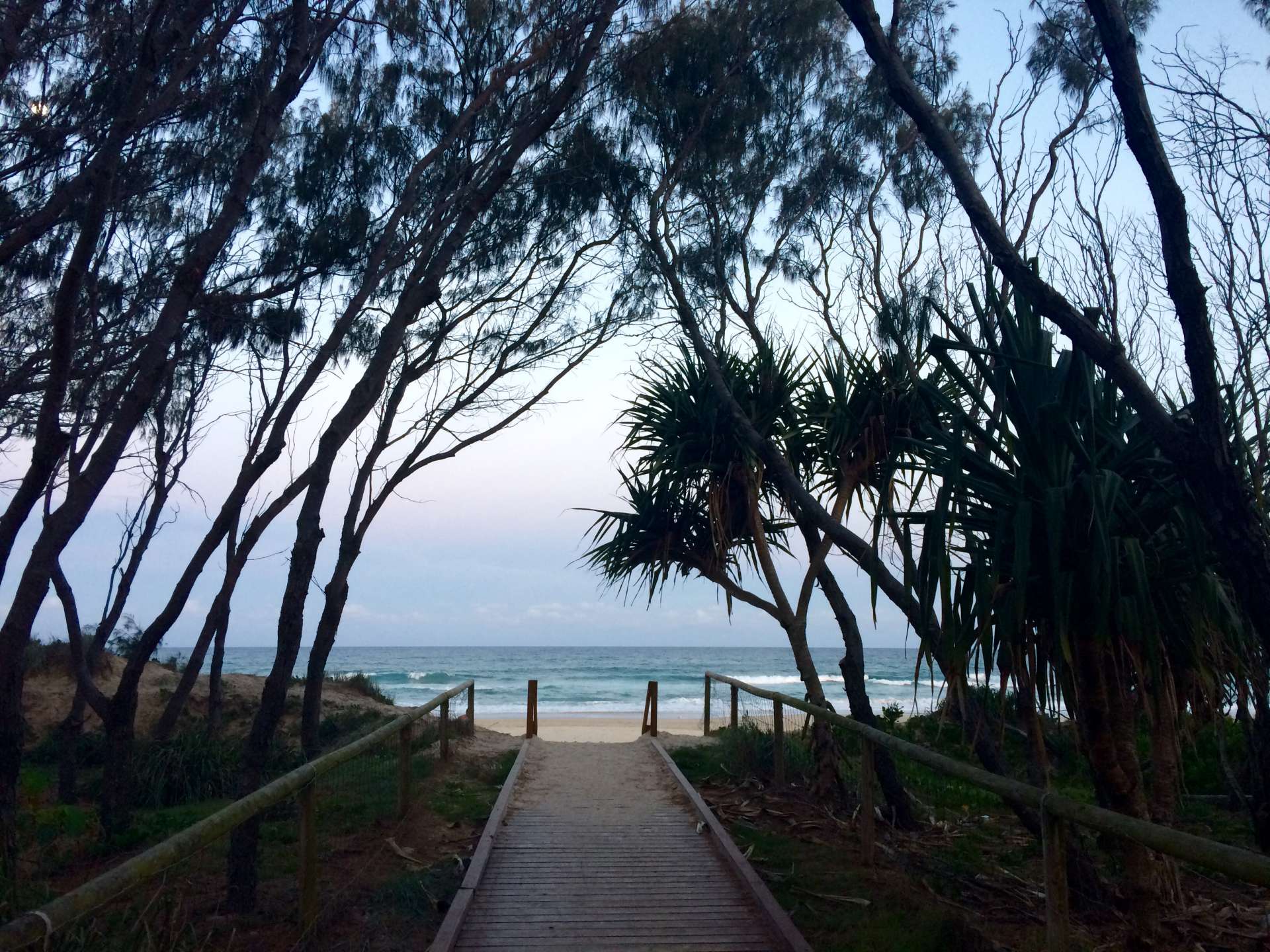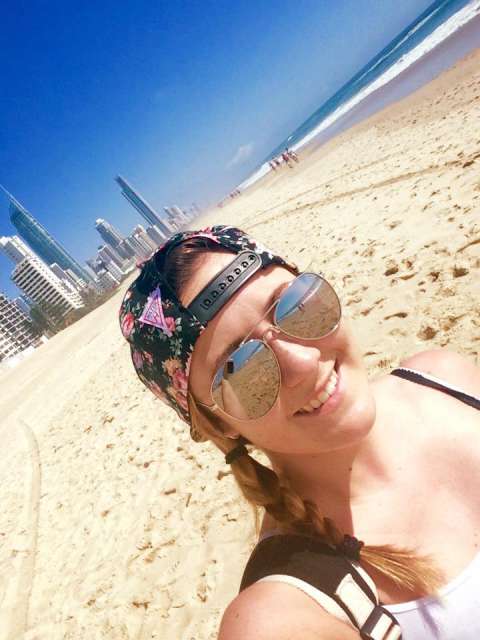
teresainaustralia
vakantio.de/teresainaustralia
Outback Adelaide - Alice Springs
Wɔatintim: 26.04.2017
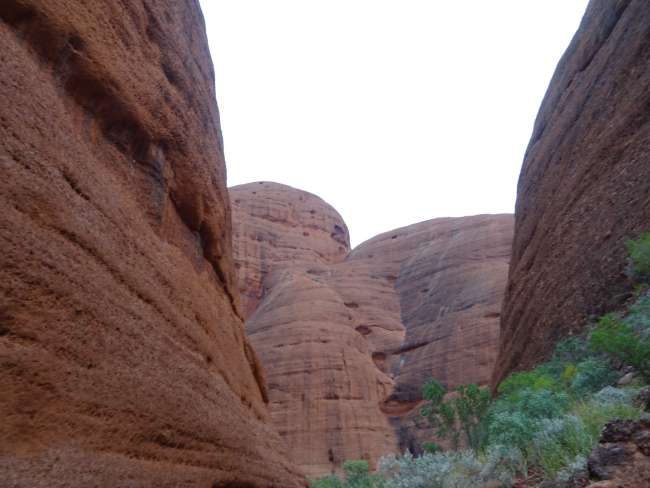
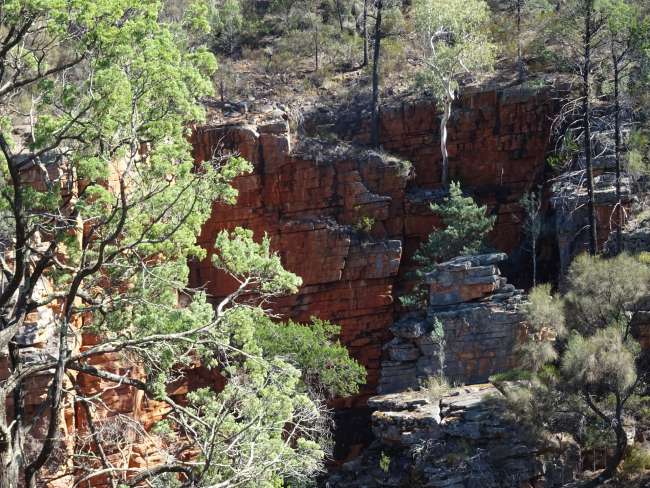
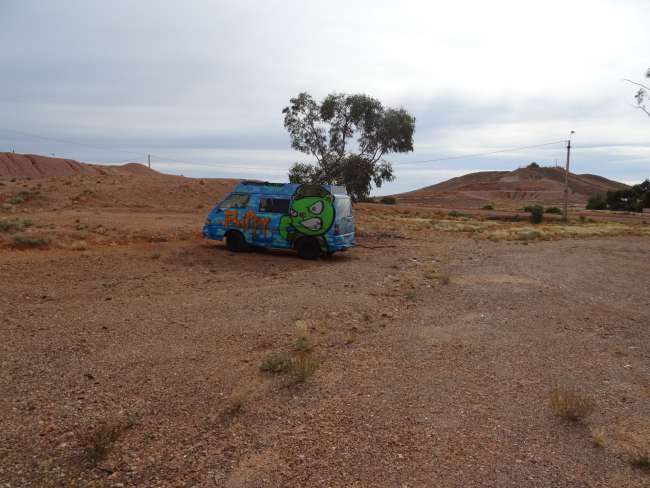
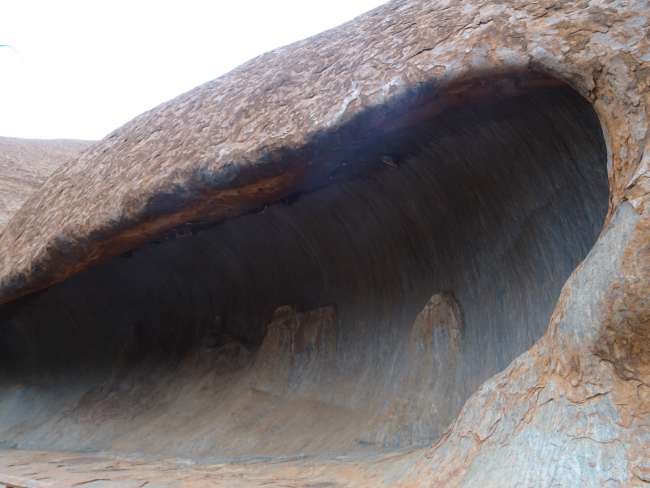
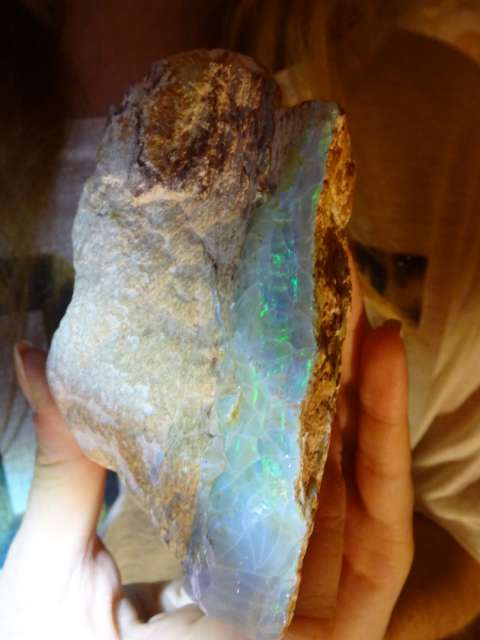
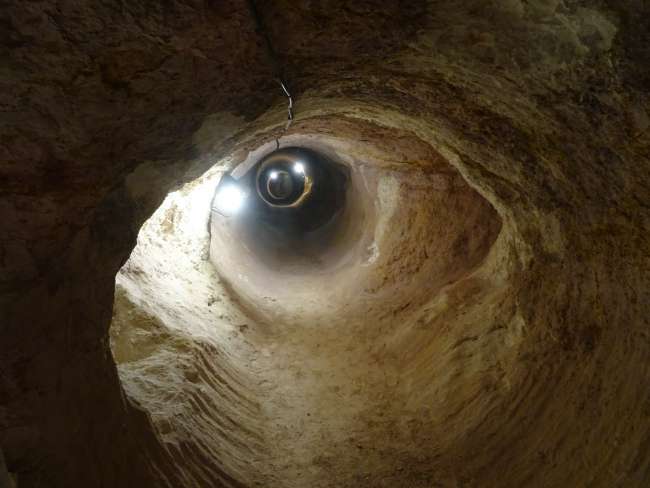
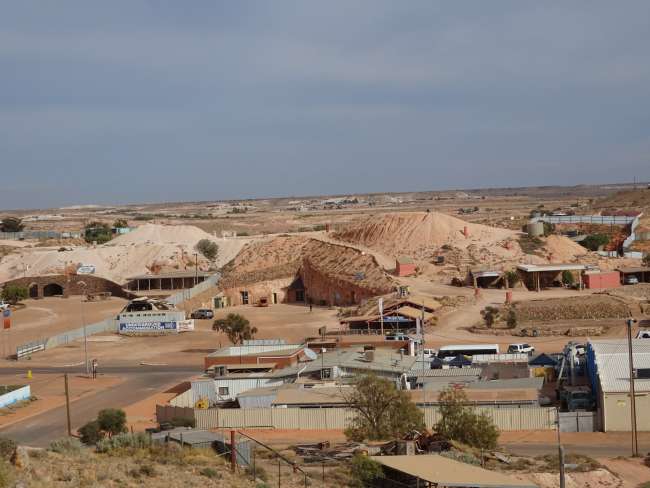
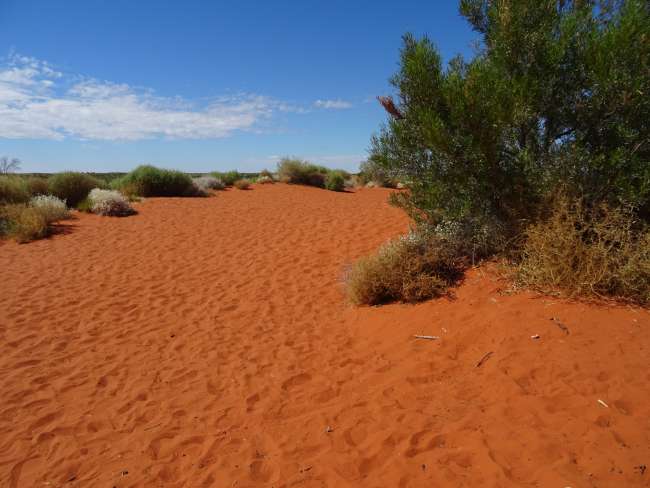
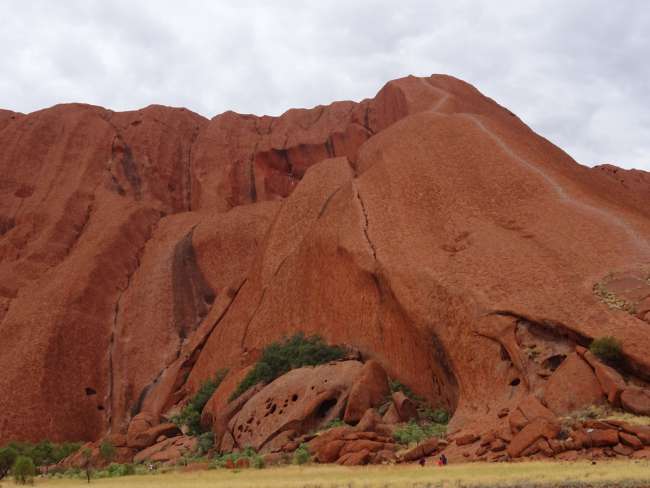
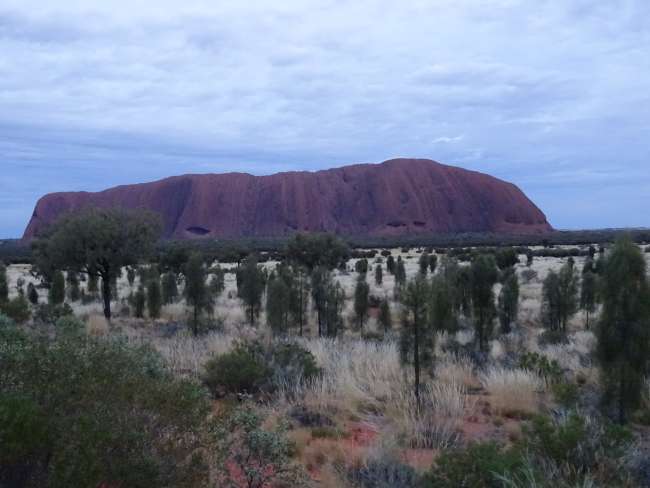
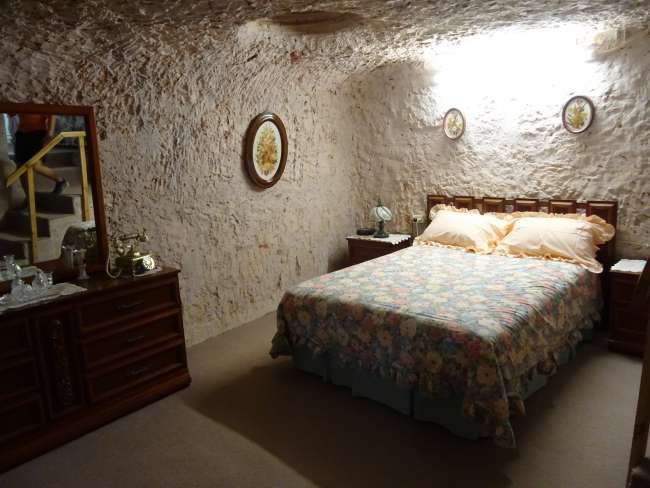
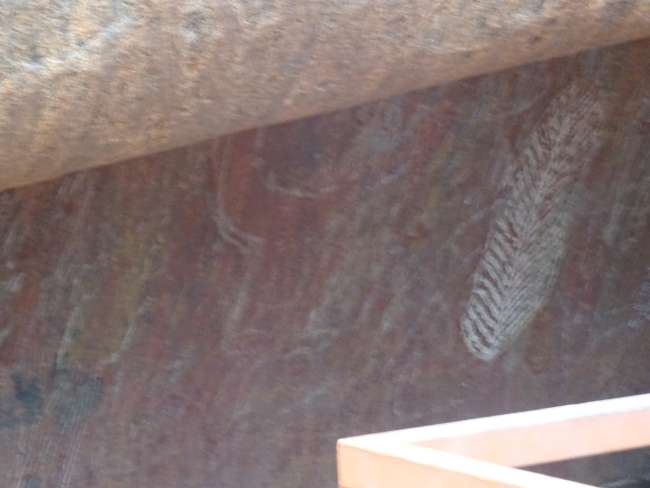
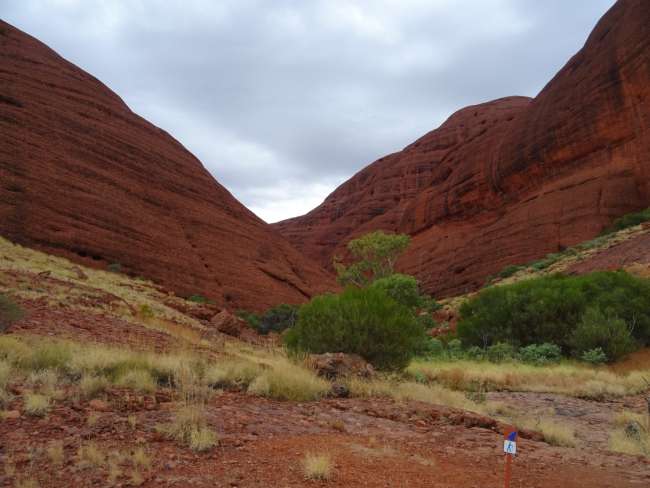
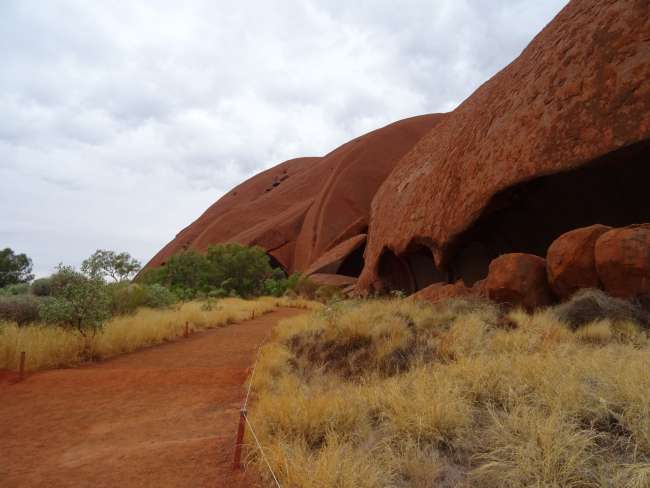
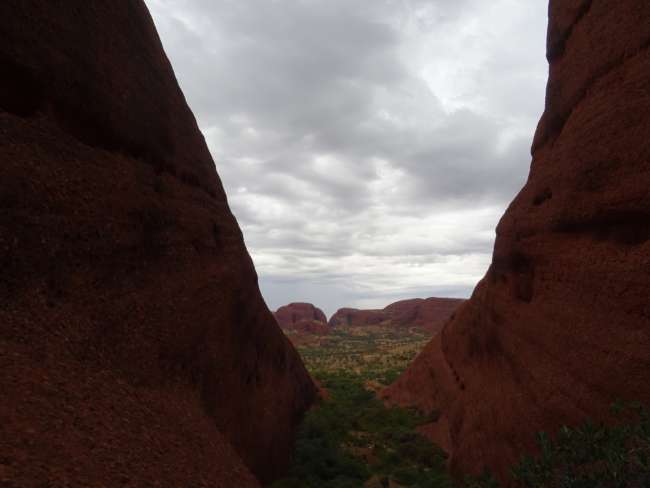
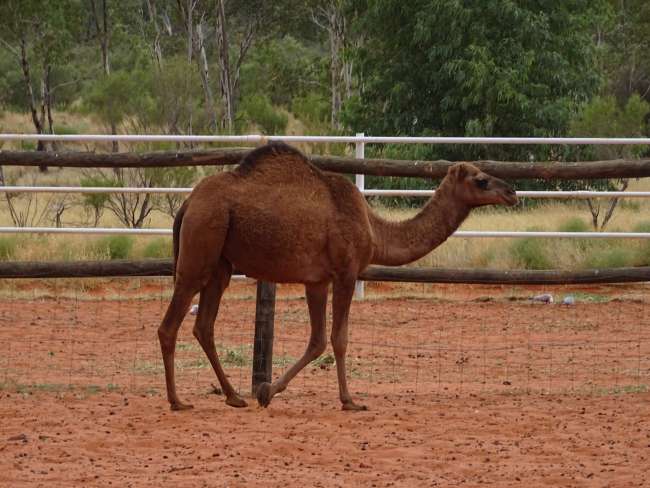
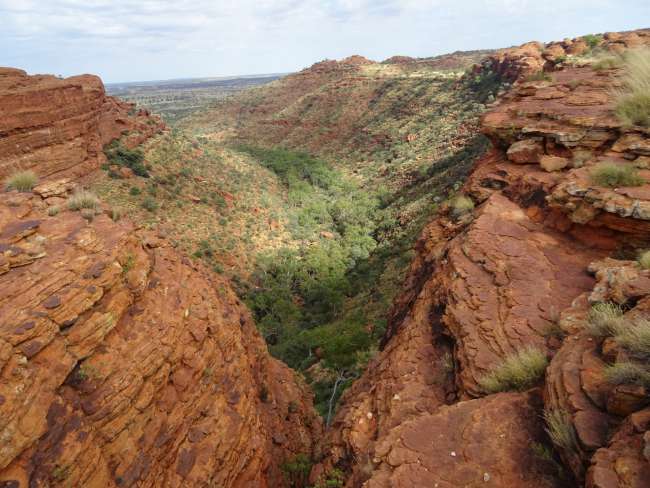
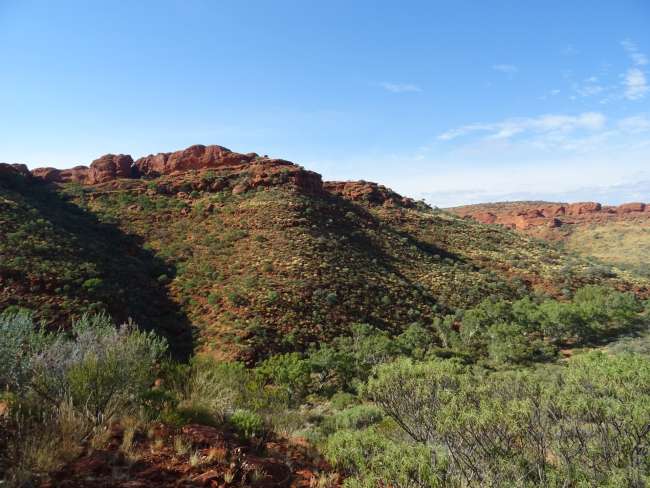
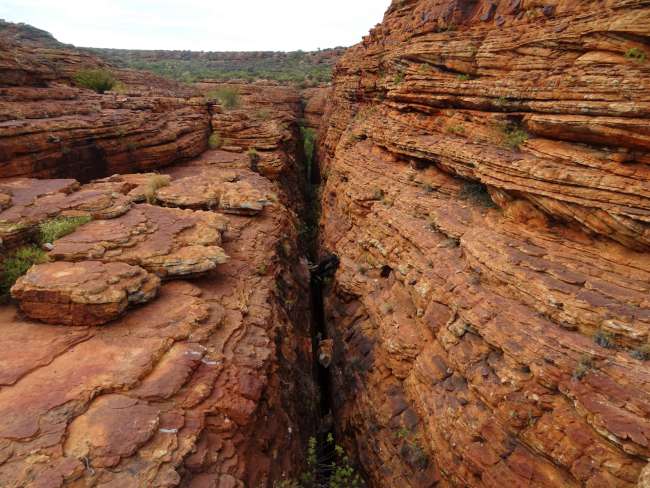
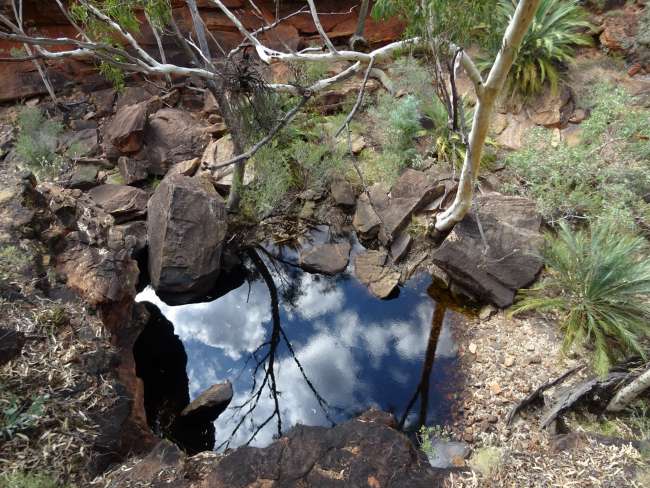
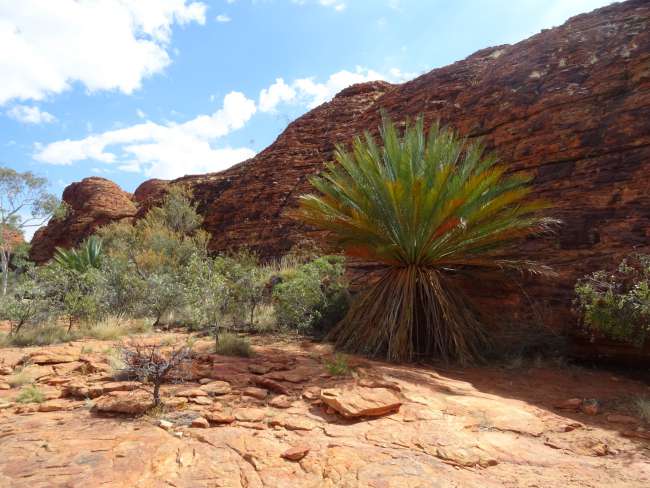
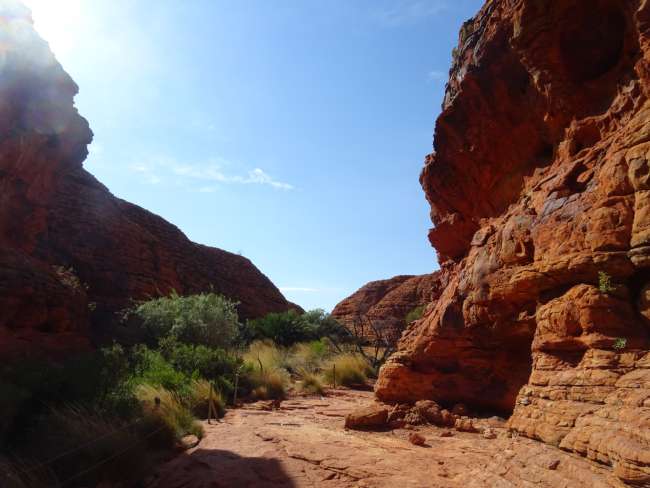
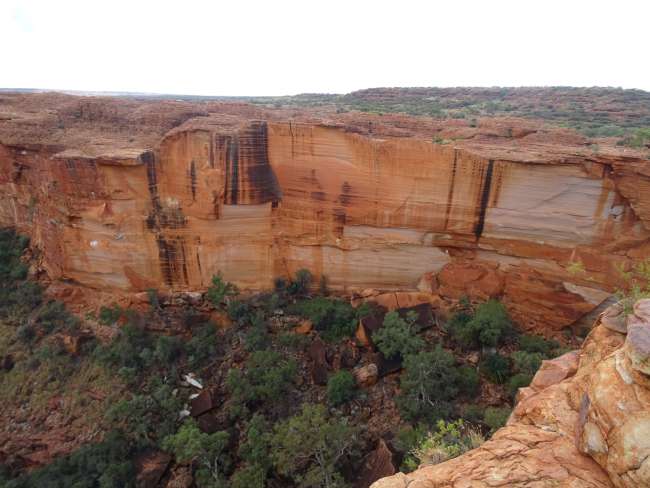
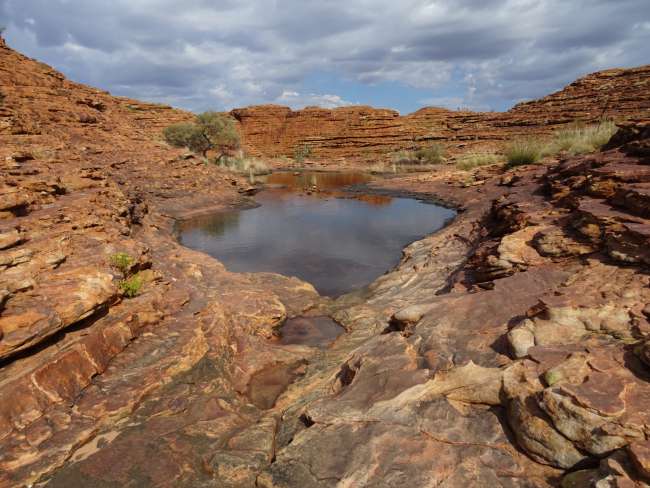
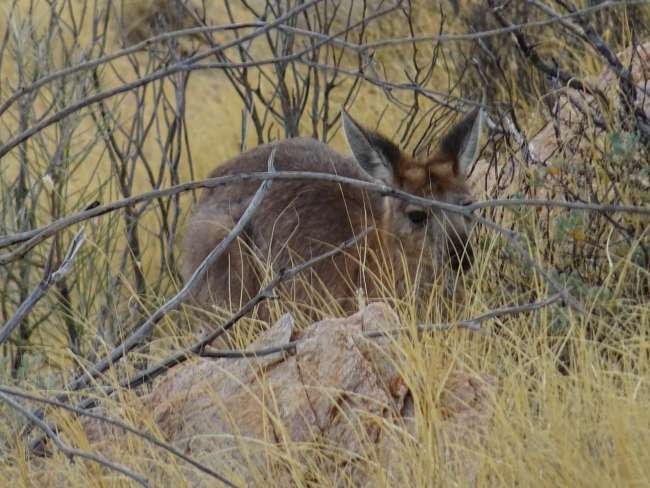
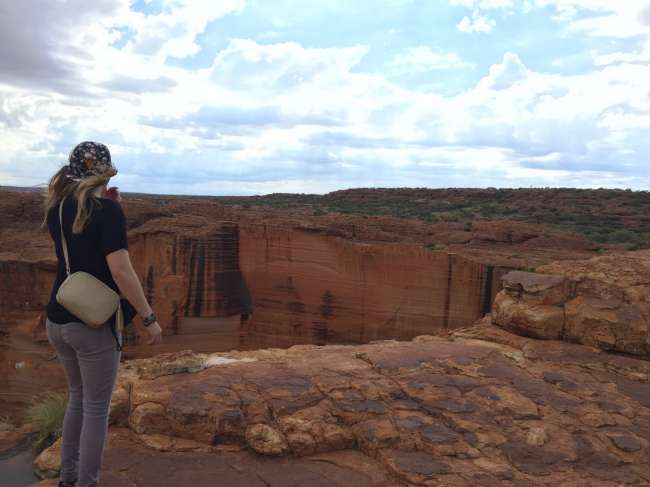
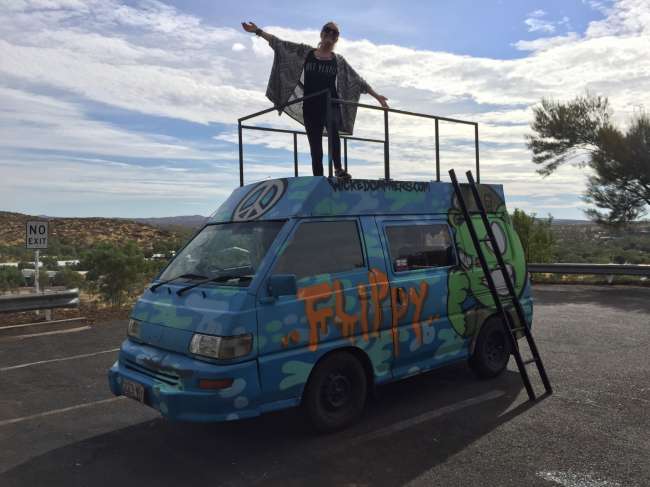
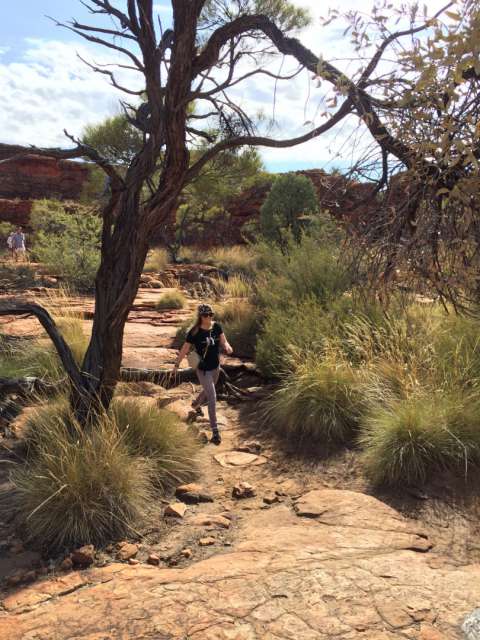
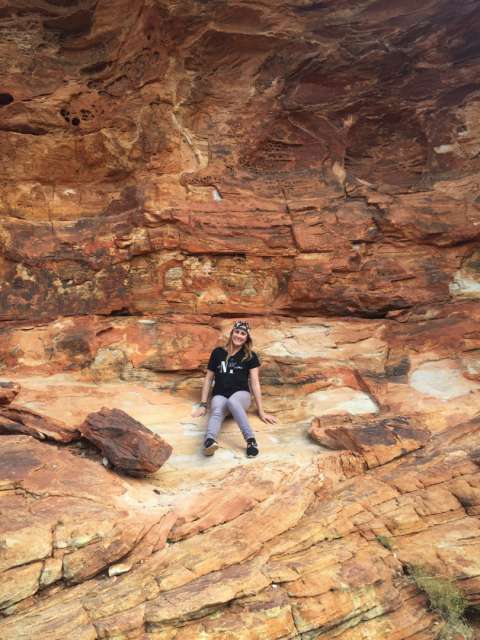
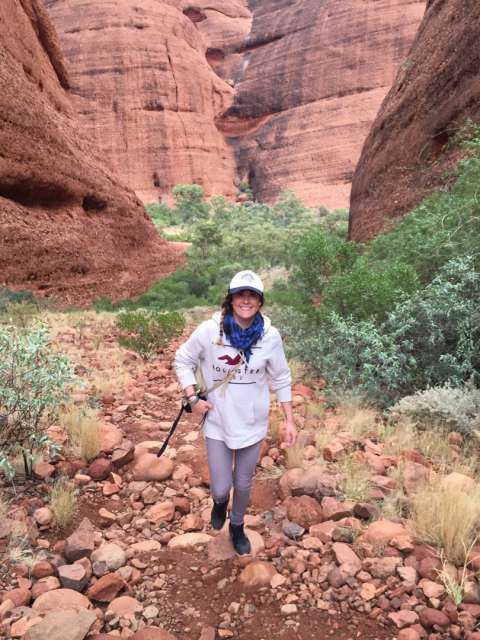
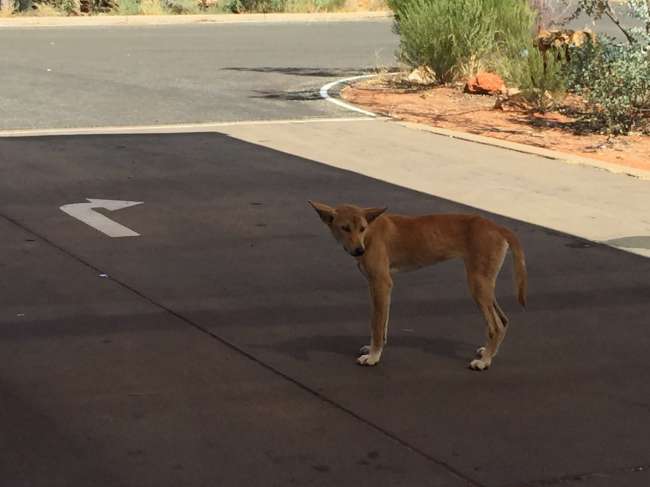
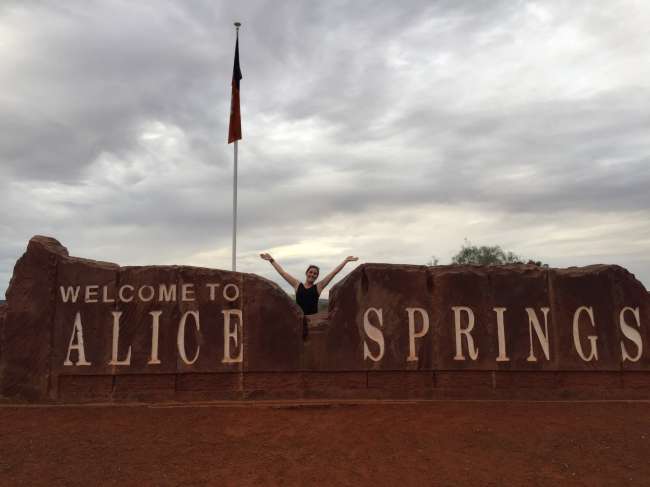
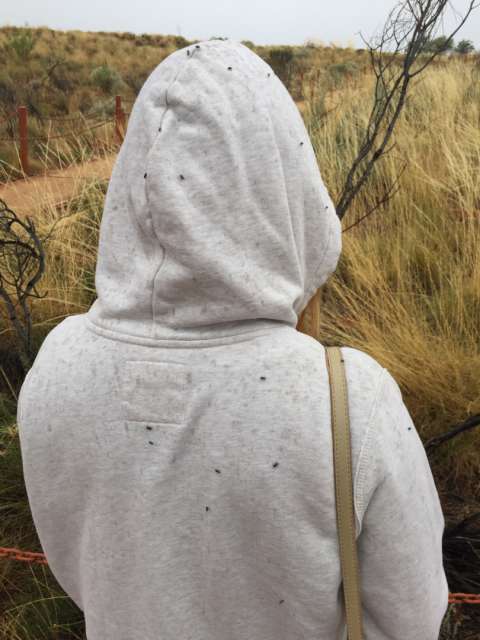
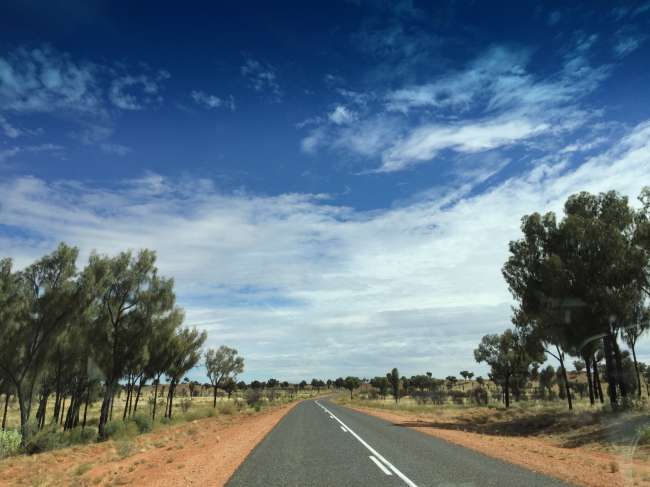
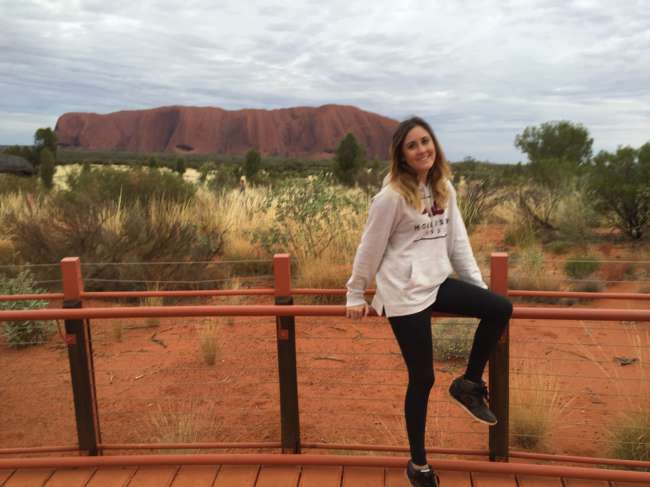
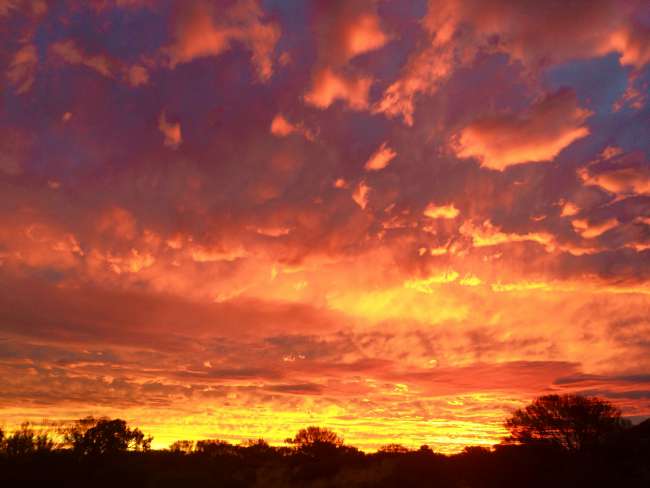
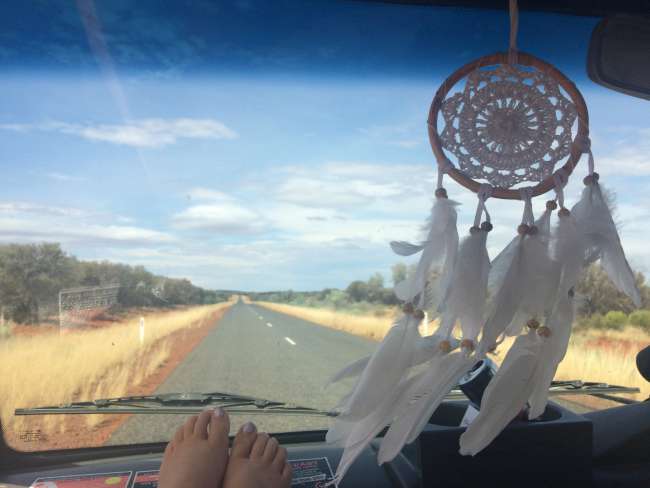
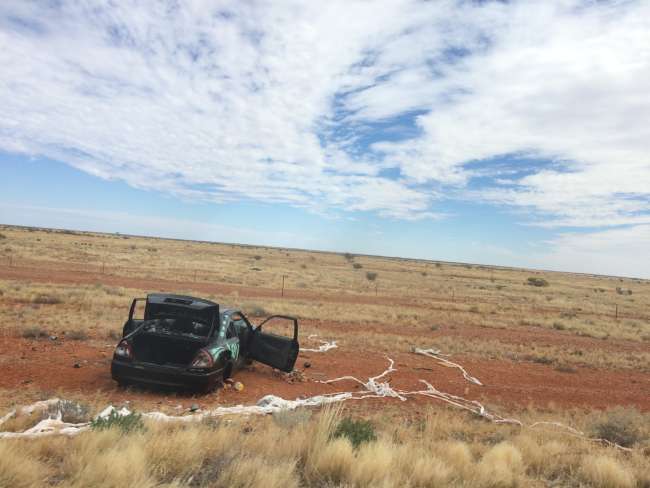
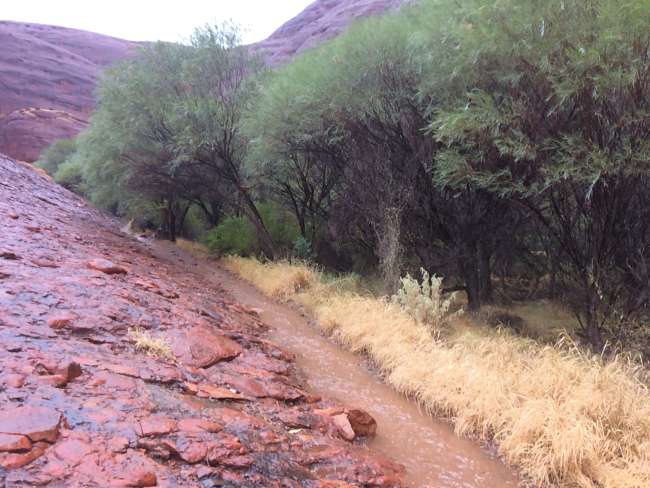
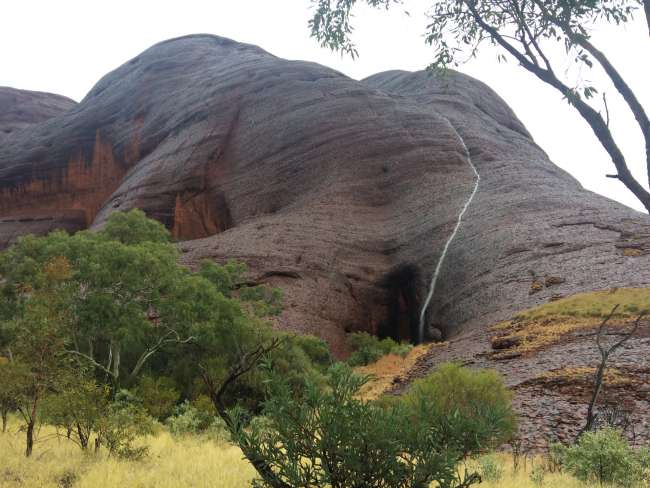
Kyerɛw wo din wɔ Newsletter no mu
So after sitting in the hostel room in rainy weather, I finally have time to tell you all about my Outback Trip.
On 13th April, we flew from Cairns down to Adelaide in the south. From there, we rented a campervan. I had my heart set on this one hippie campervan with a rooftop. Actually, we wanted to fly from Cairns to Alice Springs, as the flight distance is shorter than to Adelaide. But the campervan was not available at the car rental in Alice Springs, only in Adelaide. We had rented a junk car from the same car rental for Cairns to Cape Tribulation. So, we weren't too surprised when we picked up our campervan. There was a chip in the windshield, which was fixed, a dented bumper, a strip above the windshield that was about to break off, and crank windows that couldn't be closed during the drive. We had to stop every time, push against the window from outside, and then we could roll it up. And they didn't even have insurance coverage for animal damage (there are many accidents with kangaroos in the Outback) and a $3000 deductible in case of an accident with no one else involved. I had tried to find German insurance that offers full coverage for these cases, but unfortunately, I couldn't find anything. So, I took out a deductible waiver insurance with a German insurance company. With this, the German insurance company pays for the policyholder's deductible in case of an accident. So, we were somewhat covered, but we still weren't insured for animal damage. But fortunately, we didn't have an accident, so everything turned out fine.
After a big shopping trip in Adelaide and packing the campervan named 'Flippy,' we spent the night at a campground in Adelaide. It is advised to avoid driving on country roads at dusk and in the dark due to kangaroos. The next morning, we set off early on the 840 km journey to Coober Pedy. We made our first real stop at Alligator Gorge. When we arrived there, there were signs stating that this national park requires an online ticket purchase in advance. Very logical! Unfortunately, I didn't have internet reception there, so it wasn't possible. Nevertheless, we still drove up to a lookout, which didn't require a ticket. The narrow, steep road with deep ruts was quite exciting. However, the lookout itself was rather unspectacular, so we drove back right away. In addition to many refueling stops (we had to refuel at every opportunity to avoid getting stranded in the middle of nowhere), we finally reached our destination, Coober Pedy, after 11 hours. Unfortunately, we had to drive for some time in the dark. It made me quite uneasy, especially since there were already many kangaroo carcasses on the roadside. We had underestimated the duration of our drive, as the frequent refueling stops also took some time. Most highways in Australia have a speed limit of 110 km/h. It is recommended to drive only 80 km/h at night. We were relieved when we finally reached our campground. We had dinner on the rooftop and went to bed early. The next day, we explored Coober Pedy. Most houses in this town are underground. The reason for this is that underground always has pleasant temperatures, neither too cold nor too hot. In Coober Pedy, it can get up to 50 degrees Celsius in summer, and temperatures can drop to 0 degrees Celsius in winter. So, the people protect themselves from the cold and heat with their underground houses. We visited the house of a married couple. For $10 per person, they show visitors around their house and also take them to an opal mine. The underground house and the opal mine were 'built' or rather excavated by three women. One of these women, Faye Nayler, was also the owner of the house and brought tourism to Coober Pedy. The tour Nico and I got was really interesting, and the owner was simply super nice. In the opal mine, he even showed us a redback spider, one of the venomous spiders in Australia. He keeps them there specifically because he said most visitors have never seen this spider before, and it is particularly interesting for tourists.
Our next destination for that day was a campground 412 km away in Kulgera. But when we arrived there, we quickly decided that we didn't want to stay there. There were only Aboriginal people hanging around everywhere, and we didn't feel safe at all, as the campground was accessible to everyone. We drove another 30 minutes and found a well-maintained and secured campground at 'Erlunda Roadhouse' in Ghan, where we could admire an incredible sunset in the evening. From Ghan, it was only a 3-hour drive to the campground at Ayers Rock Resort in Yulara, where the national park with the famous Uluru is located. It was very hot that day, so instead of going for a hike, we preferred to take a refreshing dip in the resort's pool. In the evening, we went to a 'Sunset Hill' from where we could see Uluru. Unfortunately, it was cloudy, so we couldn't see the famous sunset over Uluru. The next morning, we had more bad luck. It had been raining all night. Nevertheless, we got up early, hoping to at least see the sunrise in the national park. But once again, the thick clouds were in the way. So, we went straight to Uluru and joined a free guided tour. However, it was so boring (I almost fell asleep standing up) that we split up from the group and explored Uluru on our own. There are information boards all around Uluru where you can learn a lot without the need for a guide. The early wake-up had exhausted me so much that I took a nap on a bench at Uluru ;-) Afterwards, we went to the Aboriginal Cultural Centre, which has a museum with information about the Aborigines, as well as souvenir shops and shops selling Aboriginal paintings (made by the indigenous people sitting on the ground or on plastic chairs). We had planned to go for a hike afterwards, but it had been raining since the morning, and it continued all day. So, we returned to the campground at noon and were quite bored for the rest of the day. It was still raining the next day. Nevertheless, we drove to Kata Tjuta (also known as 'The Olgas'). This group of rock formations is located in the same national park as Uluru but is less known. It's actually surprising to me because Kata Tjuta is much more interesting. Uluru is, of course, very impressive, but you can only take a walk around it and see the same rock formation. At Kata Tjuta, on the other hand, you can go on proper hikes and climb the rock formations. Just as we started our hike, it stopped raining there. You walk on gravel and climb over small boulders. There is also a steep, fairly smooth rock wall to climb up. When we arrived at the 'Karingana Lookout,' it started raining again. We wouldn't have had enough time to do the long hike, the 'Full circuit walk,' anyway, so like many others, we turned back. However, within a very short time, the narrow hiking trail turned into a small stream. Waterfalls had formed from the large rocks, running down onto the trails. And since the water cannot drain off the rocks anywhere, it is only logical that small streams are created. In some places, there was no way to go around it, so we had no choice but to wade through the water ankle-deep with our sneakers. We actually thought it was quite funny, and it was beautiful to see the water flowing down from the rock formations. So, we weren't too bothered by the rain.
By the way: The Uluru-Kata Tjuta National Park belongs to the Anangu Aboriginal people. Therefore, great importance is placed on respecting the sacred sites of the indigenous people. For example, you are not allowed to take pictures of certain spots on Uluru and you are not allowed to take any rocks, soil, sand, etc.
We then continued to Kings Canyon, which was 304 km away, and spent the night at the campground in Kings Canyon Resort. Kings Canyon was actually the highlight for me. It is also known as the little brother of the Grand Canyon. The long hike there can be done in 2-2.5 hours. We were also lucky with the weather. It was sunny but not too hot, so we had the perfect hiking weather. In the afternoon, we drove 322 km to our final destination, Alice Springs, where we also spent a night at the campground. The next morning, we got up early again to see the sunrise at Anzac Hill. Then we drove to a supermarket, got something for breakfast, went back to the parking lot at Anzac Hill, and had our last meal on the rooftop. By late morning, we had to return our campervan. After we missed booking an airport shuttle in time, we had to take a taxi from the car rental to the airport. We still had a beer bottle and one-third of a bottle of Moscato (which is a kind of Australian Hugo) left from our trip. We had planned to drink the alcohol at the airport before the taxi driver pointed out to us that alcohol is prohibited in public places in Australia. He suggested that we should drink our alcohol during the 15-minute taxi ride. Actually, that is not allowed in the taxi either, but nobody knows. So, at 11 o'clock, we quickly downed the alcohol. When we arrived at the airport, I really felt it ;-).
As for Alice Springs, it is absolutely not a city worth seeing. It is the largest city in the Outback with almost 28,000 inhabitants and is really only suitable as a starting point for an Outback trip. We were glad that we arrived there in the evening and could already take our flight the next day at noon. I would almost describe Alice Springs as a somewhat run-down city. It is also warned not to go out at night, as there are frequent attacks. Break-ins and thefts are also common here. I even hesitated to park our campervan briefly in the supermarket parking lot because there were simply strange people walking around. The relatively high crime rate is perhaps partly due to the many Aboriginal people who live there. Unemployment and alcoholism are among the main reasons. Some of the indigenous people probably can't cope well with the modern world. After all, they still live in their tribes, have their traditions, and English is only a second language, if at all, and not necessarily spoken well. The suicide rate, especially among young Aboriginal people, is unfortunately very high. So, the taxi driver told us that Aboriginal people often stand or lie in the middle of the road, hoping to be run over by a car. Sometimes they are under the influence of drugs and/or alcohol. During our drive from Kings Canyon to Alice Springs, we also had an encounter with Aboriginal people. On the highway, a road train (a large truck that supplies the Outback with food, for example) was driving in front of us. Suddenly, it started braking and continued to drive very slowly. An Aboriginal person was standing on the median strip of the highway, trying to stop cars. On the opposite side of the road, there was a broken-down car, and about 6-7 women, children, and men were sitting in the grass next to it (apparently, they were all inside that small car). The Aboriginal person on the road was trying to stop passing cars. When we slowly drove past him, he even ran onto our lane, but we were able to avoid him. The cars behind us also didn't stop. I felt a little guilty because there were children present, but I had done my research on the Outback trip. It said not to simply stop when a car is by the roadside. Sometimes it could be a fake broken-down car to make people stop, who will then be attacked. Generally, you should never camp at a rest area in the Outback. It is recommended to always look for paid, guarded campgrounds. There have been reported cases of attacks and break-ins in campervans at free rest areas in the Outback.
As for the 'dangerous' animals like venomous snakes, spiders, scorpions, which are warned about on the internet, I can only say that it is complete scaremongering. We didn't see any of these animals except for the one spider in the opal mine, which is deliberately kept there as a 'pet.' Even when I had to go to the bathroom at night and had to walk through half of the campground with my flashlight, I didn't encounter any of these animals. The only wild animals we saw were dingoes (wild dogs) at the campground in Kings Canyon. As long as they are not in a pack and you don't feed them, they usually won't do anything to you. Although I wasn't completely comfortable with the dingoes at Kings Canyon Resort. Nico took me to the only fancy restaurant there at the resort, which was a 10 to 15-minute walk from our campground, and you had to walk along an unlit path. I was a little afraid that a dingo would attack us in the dark, but of course, nothing happened. In general, I was well prepared for the Outback trip. We rented a satellite phone for emergencies ($200 rent per week), as there is usually no internet or cellphone reception outside of campgrounds. We also took out insurance at the car rental, which included roadside assistance (the Australian equivalent of AAA). During our drive, we saw many car wrecks lying near the roadside. I guess many people simply don't have their cars towed, as the towing costs in the Outback are tremendously high. By the way, the petrol prices are also incredibly high. In Adelaide, we paid $1.17 for petrol, and the further we drove into the Outback, the higher the price naturally rose. The highest petrol price was $2.06 in the end. So, we spent almost $800 just for petrol costs for one week. Although this trip was expensive, it was definitely worth it! You don't see so much solitude and such a landscape every day.
Kyerɛw wo din wɔ Newsletter no mu
Anoyie (1)
Aystetter
Das war ja wieder eine super Tour mit vielen Erlebnissen und Eindrücken , welche du bestimmt nie vergessen wirst . 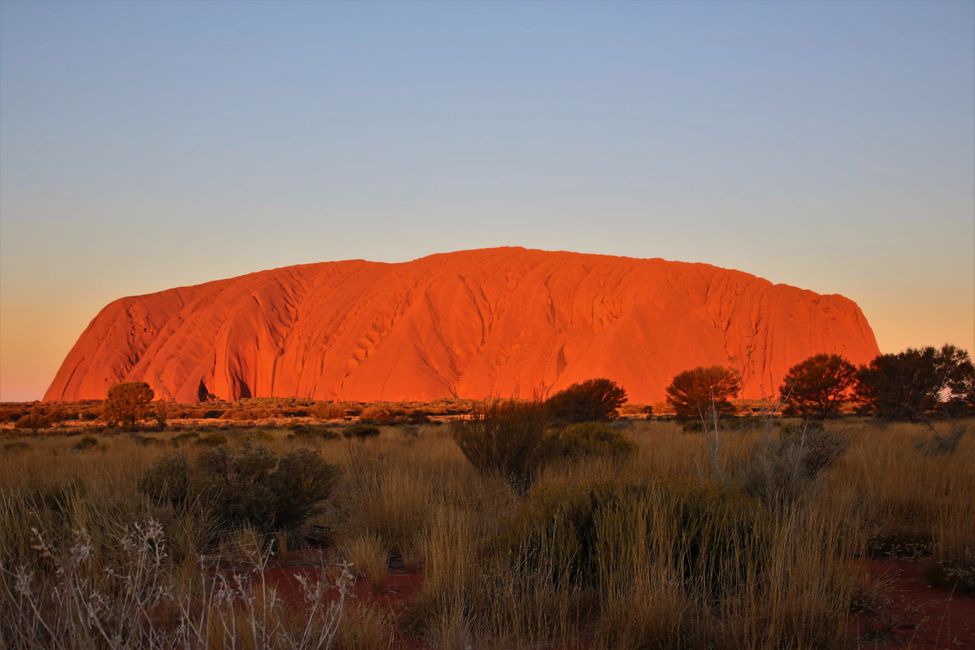
Akwantuo ho amanneɛbɔ Australia
